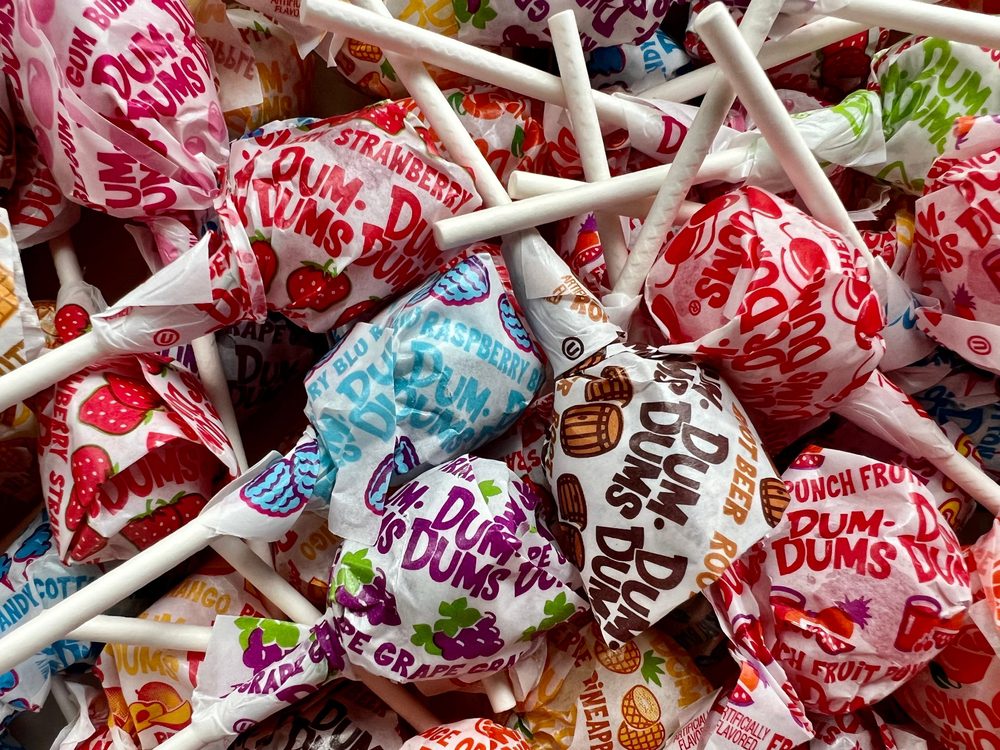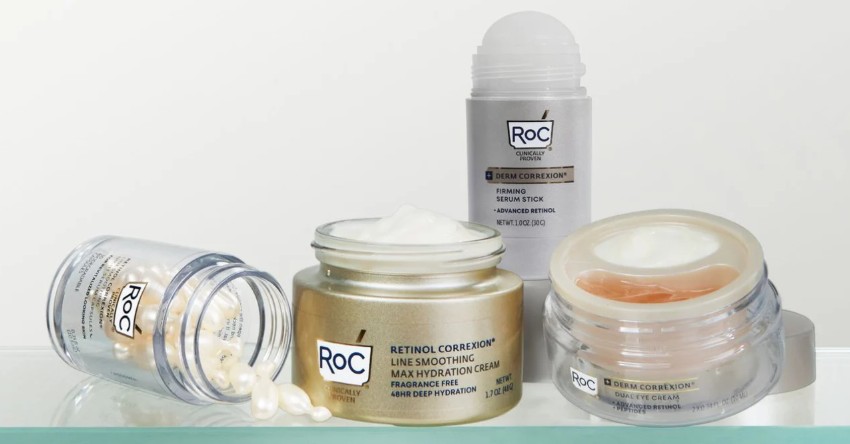
Some big names in both retail and consumer goods are partnering with wireless carrier AT&T to test the impact of text messages that send themselves automatically when customers come within a certain distance of the marketers’ store locations.
The launch of AT&T’s ShopAlert offering earlier this month comes as a partnership between the carrier and geolocated marketing agency Placecast. It’s the first time the carrier has offered a location-based messaging platform to its marketing clients.
Kmart, JetBlue, S.C. Johnson, Hewlett-Packard and pet food brands Kibbles ‘n Bits and Nature’s Recipe will all test the ShopAlert platform, which will be available to AT&T end-users in New York, Chicago, San Francisco and Los Angeles to begin with. The national Milk Mustache “got Milk” campaign will also take part in the ShopAlert pilot.
The platform, build on Placecast’s technology, sets up “geo-fences” of various sizes around the target locations selected by the marketer. Once an opted-in user brings his mobile phone into one of these perimeters, an SMS message is automatically triggered and sent to the recipient.
While brands participating in the pilot would not specify the kinds of offers they will make via the ShopAlerts program, AT&T Ad solutions vice president of ad product innovation Danielle Lee said the offers could include rebates or coupons. shopAlert text can also include location-specific information like weather, news and traffic.
Press reports say that JetBlue is erecting geo-fences around airports in those four markets during the month of March and pushing extra-points offers to TrueBlue Rewards users who check in on their mobile devices via the JetBlue Go Places Facebook app and who have opted in to receive ShopAlerts.
AT&T customers can opt into receiving ShopAlert text messages by signing up at att.com/shopalerts or by texting the word “JOIN” to 28833257. While the service is free to users, standard message rates apply. AT&T is texting opt-in invitations to selected users in those four markets.
Placecast has taken part in other notable geo-based brand campaigns in the past year or so, including a single-market test for Sonic Drive-Ins and a pilot by outdoor apparel retailer The North Face in New York, Boston, San Francisco and Seattle.
“We expect to add more brands over the coming months as the program grows,” San Francisco-based Placecast said in its company blog. “Our partnership combines the Placecast technology platform, with the location-based experience we’ve gained from both our trial and commercial programs, with AT&T’s customer base, its network, and AT&T’s strong relationship with brands and agencies.”
“Placecast has been out there with this technology for quite a while, and some brands have launched brand-specific programs,” says Lee. “What’s different about this is that we’re rolling it out across a broad network of customers and giving them the opportunity to opt in and receive offers on their favorite brands.”
The geo-location tactic used for ShopAlert messages relies on fixing the position of a user’s cell phone by checking its place in AT&T’s cell-tower network. Cell-tower triangulation reportedly varies in accuracy from 200 meters where towers are plentiful, such as urban areas, to three miles in some areas. That’s distinct from a system using satellite-based GPS coordinates to locate a customer, such as the geo-located campaign by Esquire magazine that used GPS to allow anyone standing within 150 feet of a Barnes & Noble magazine rack to download a virtual image of actor Brooklyn Decker to their smartphones this past January.
The accuracy with which a user’s location can be pinpointed can have an effect on the impact of geo-marketing. For example, while an offer for a restaurant a mile away might work in a suburban setting where users have access to their cars, geo-located messaging in urban areas seems to work best when it deals in shorter, more walkable distances.
One issue with geo-located messaging campaigns is how to throttle back the flood of messages consumers could receive, assuming enough brands take part in the program. While consumers receiving messages during this test phase of the program won’t be able to control which brands send them SMS offers or how often, once the program is more established, users will be able to specify participating brands that they do nor don’t want to hear from, and ShopAlerts can be dialed down to four a week, Lee says.
“We can tailor the geo-fence depending on what the location is and how granular the client wants to get,” says lee. ‘We recommend a minimum radius of a mile, but it can be much, much larger. We’re also encouraging brands to test geo-fencing event spaces, sports stadiums and other non-traditional locations, where they can have more of a sponsorship or branding type of message.
“The other direction we’re giving is to make this more of an offer- or rewards-based program to make it more valuable to the customer, and to ensure that they want to engage with it,” she says.
To that end, AT&T is also asking opt-in customers to supply their age and gender so that ShopAlert messaging can be more narrowly targeted to specific audiences.
 Network
Network

